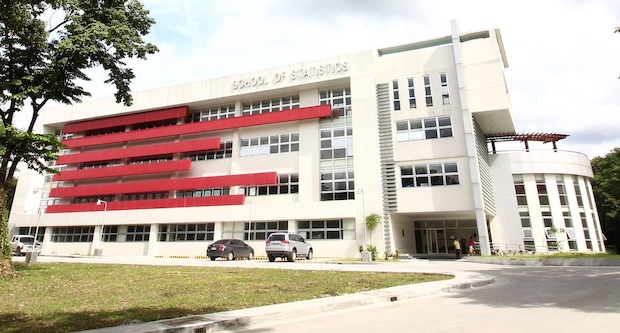Questionable data coming from dubious sources should never be consumed by the public, and yet, it is currently one of the thriving kinds of information seen on social media. This is a concerning matter, especially in a time as crucial as the campaign period for the upcoming 2022 national elections.
On Monday, February 21, 2022, The University of the Philippines’ School of Statistics warned the public against so-called “kalye surveys”, or polls done with questionable methodologies that have been circulating all over social media. A “kalye survey” is a kind of interview done to people on the streets while asking who they’d vote for the elections.
In their statement, faculty members of the UP school called out companies, private individuals, and other media organizations for their “pervasive abuse of survey methodologies” while doing their “own brand” of research. This statement, however, was unclear of its connection to the May 2022 elections. But, it is safe enough to assume so due to the numerous videos of “kalye surveys” and surveys done with Facebook reactions being posted online.
The faculty of the School of Statistics also urged the public to be more critical of the survey results that they’d see on social media, as bias and favoritism can be created through different means of data collection. According to them, some of the things that the public should keep an eye on are the following: sample size, selection of the respondents, the sector in society that they belong to, and the interview process.

With the proliferation of biased content and survey results used to bait people, every one of us should be more analytical with how we view information online. The things that the UP School of Statistics listed down as what we should be more mindful of are the basics in research or thesis writing, which shouldn’t come off as a surprise to many of us.
That being said, here’s how to spot a “mind-conditioning” survey online:
Check the objective and aim of the survey being done.
Biases can first be spotted when you get the reasons behind the survey’s creation. Find out whether or not it’s to see and study a certain pattern in a sample size or to indirectly influence the samples’ responses. You can also use this as a stepping point to the next ones.
Look at the survey/interview’s sample size and target audience.
Remember that a sample of the population does not represent the entirety of it. (That’s why it’s called “sample.”) So, it’s best to look at the survey/interview’s sample size and target audience.
Why target audience? There’s a thing called selection/sampling bias. This means that your sample is unrepresentative of the data and will not be able to give the proper feedback required by the survey. So, for example, if your samples are against the objectives of your survey, then that’s already creating a bias.
Examine how the questions of the survey/interview were formulated.
Sometimes, bias can be seen through the wording of the questions in a survey/interview. For example, the question ‘Do you like coffee?’ leads to a yes or no answer. A better way to phrase this question neutrally is by saying, ‘How do you feel about coffee?’.
Read/listen to the question over and over again to check if it indicates a preference to one side or not. It’s best to review the question before giving an answer, because the next biased question may lead to an even more biased answer.
Learn about the affiliations and connections of the interviewer/organization holding the survey.
This may be the most important one of them all since they will be the ones posting the results of the survey/interview. In order to have a “neutral” survey, the one conducting it should be free from bias or preference, as their body language can greatly influence the person they are interviewing.
If, for example, an interviewer feels strongly for a candidate and is asking a question that’s worded with a preference for that candidate, then the interviewee’s perspectives may be changed on the spot. This skews the goals of the research and inevitably creates a bias, and we don’t want that.
No matter what kind of efforts we do to avoid overly biased surveys and interviews online, there’s no such thing as a neutral one. Now, don’t get mad, because this might look like the writer of this piece is contradicting their words.
There’s no such thing as a neutral kind of survey because there will always be bias in every kind of information we consume. This though, isn’t called being biased—it’s called representation.
Remember how there’s this quote by Robert Evans saying, “There are three sides to every story: your side, my side, and the truth”. Before saying that a piece of information is biased, bear in mind that what you believe in is different than what another one believes in, and this is all okay. Everyone is entitled to their own opinions on something, and we should all respect that.
However, there is a thin line between one’s opinions/biases and the truth. And that’s all because of misleading survey methodologies and the widespread misinformation and disinformation.
All this article is saying is that everyone should be more aware and critical of the kinds of surveys and interviews that they see as “truths.”
Other POP! stories you might like:



